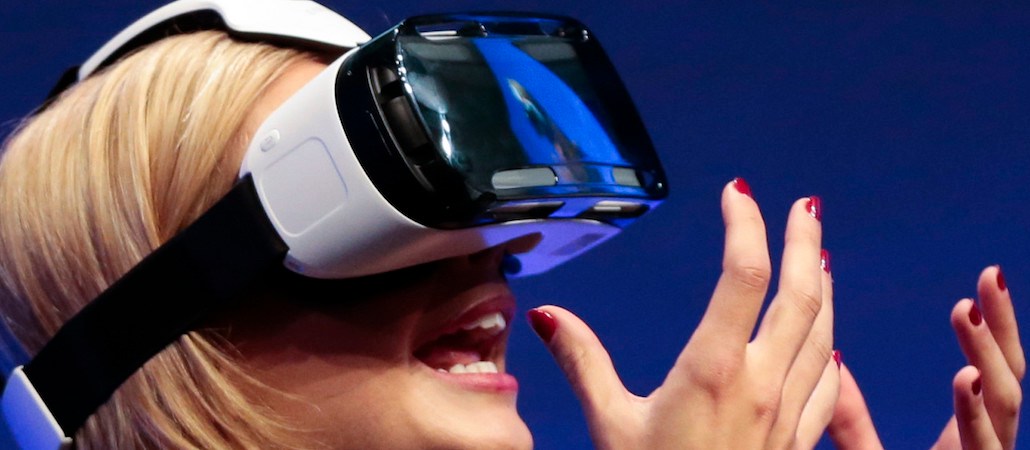Save 50% on a 3-month Digiday+ membership. Ends Dec 5.

by Jay Samit, a leader of Deloitte Digital’s augmented and virtual reality practice and Allan Cook, managing director, Deloitte Consulting LLP
When more than 500 million people played Pokémon Go last year, many CMOs were caught off guard by the number of American consumers who already owned augmented reality (AR) or virtual reality (VR) devices. With AR and VR revenue forecast to top $120 billion by 2020, savvy marketers are quickly trying to figure out how to build their brands’ presence in this new reality.
AR and VR technology represents an enormous departure from the history of advertising and marketing. Since the first print ad in 1704, marketers have framed their message within the borders of the medium. Magazines, television, web and mobile experiences were trapped within the dimensions of the frame. AR and VR break those boundaries, allowing consumers to engage with brands as part of their chosen environment – an enormous opportunity if you play it right. Here are three ways brands getting started in this space can build their programs.
Find ways to enhance the shopping experience.
Just as a television football fans’ enjoyment of the game is enhanced by the digital overlay that adds a first down line to the field, consumers will likely expect products and stores to provide more than a static collection of shelved packages. Augmented glasses could enable supermarket shoppers to easily identify products without gluten or those recommended by a trusted influencer. Cosmetic and apparel shoppers could virtually try on new looks and share them socially before making a purchase. Travelers may want to experience being in their hotel suite or cruise ship cabin prior to booking their luxury vacation. Help them gather the information to make them confident in their purchase – and your brand.
Make sure your experiences build trust.
As varied as digital reality experiences are, each increase the need for trustworthy brands. With so many products clamoring for augmented access, consumers will decide who can transform their environment or risk living in an overwhelming cacophony of sight and sound. With Snap, Facebook, and YouTube already engaging tens of millions of users daily in AR experiences, CMOs need to start carving out their virtual real estate today, so they capitalize early on the trust-building potential of these technologies, without having to break through potentially increasing consumer skepticism or a noisy marketplace virtual and augmented experiences.
Ad position: web_incontent_pos1
Build value for your business and your customer through customizable experiences and products.
Beyond just building trust, brands will now be expected to provide unique, customized experiences and products. Decades of gathering user data for targeted ads will be flipped on its head and permission-based digital reality experiences will empower consumers to transform their homes, cars, and electronics.
By connecting ERP and CRM systems to digital reality experiences, marketers can ratchet up consumer engagement by enabling potential purchasers to become emotionally attached to the furniture, clothing and cars they design. Already one automaker is experiencing a 70% sales lift in VR designed add-ons at dealerships. Digital customization is more than just an upsell, it is a way to gather customer feedback on which features and functions are most important to making the sale.
The bottom line: Match your message to the medium
The through-line in the opportunities above – and among the most important factors for digital reality marketing success – is matching the message to the medium and really adding value for your customers with this technology. Repurposing existing video and print assets misses the power and point of AR and VR.
With virtual reality, take the opportunity to transport your consumer to a world of branded experiences. With augmented reality, enhance your customer’s daily life. Imagine walking through Liverpool with a Beatle or being able to seeing your living room bathed in a new color before you paint it. When you find ways to create an inviting environment for each unique customer, you’ll likely have them shopping longer and coming back more often – maybe even with virtual friends.
Ad position: web_incontent_pos2
Consumers are expected to own over 500 million AR & VR headsets by 2021 and 72% of Americans already have AR enabled smartphones, creating a $110 billion emerging market. It’s not “if,” but “when.” The most important question now is: How will your brand and customers benefit?
More from Digiday

Ulta, Best Buy and Adidas dominate AI holiday shopping mentions
The brands that are seeing the biggest boost from this shift in consumer behavior are some of the biggest retailers.

Digiday+ Research Subscription Index 2025: Subscription strategies from Bloomberg, The New York Times, Vox and others
Digiday’s third annual Subscription Index examines and measures publishers’ subscription strategies to identify common approaches and key tactics among Bloomberg, The New York Times, Vox and others.

U.K. retailer Boots leads brand efforts to invest in ad creative’s data layer
For media dollars to make an impact, brands need ad creative that actually hits. More CMOs are investing in pre- and post-flight measurement.
Ad position: web_bfu





